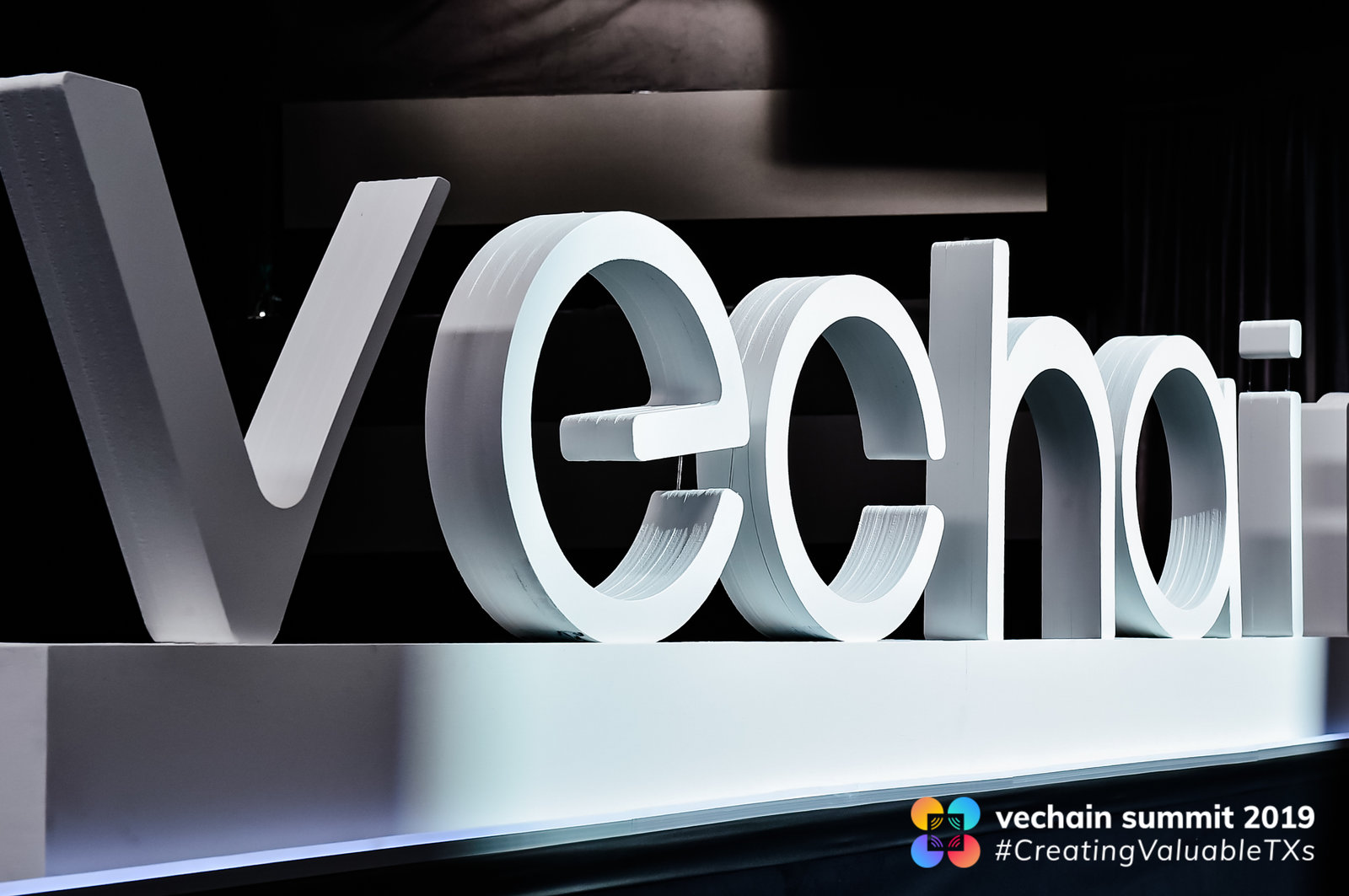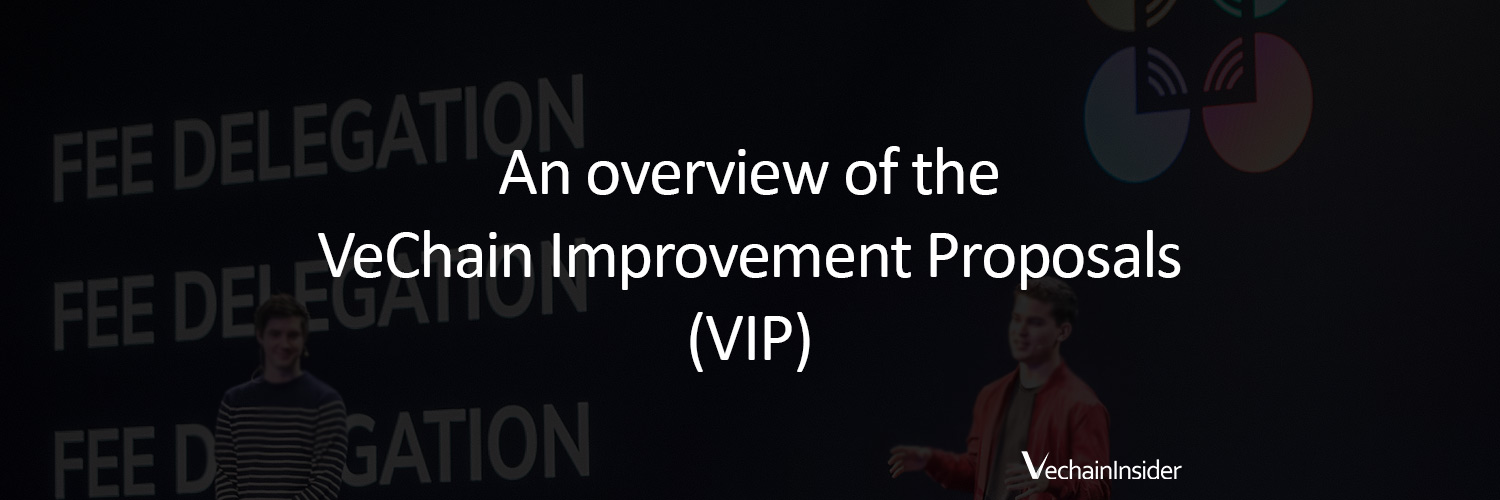In this post, you will learn how blocks on the Vechain Blockchain are validated to keep the Blockchain safe and secure while keeping the costs of using the Blockchain low.
“At its core, designing the consensus model of a Blockchain is one of the largest decisions needed to be made.”
Blockchain consensus models
Blockchain is a distributed ledger. New transactions are sent to a pool where they will wait to be validated. Once validated the transactions get stored inside a new block, which then gets added at the end of the chain of already existing blocks.
Once a block with transactions is added to the chain, there is no way to change its contents.
This way, every transaction since the start of the chain is securely stored, visible for everyone and immutable.
But how do we make sure that every transaction that gets stored inside a block is valid? How do we prevent users from spending the coins they have twice?
The first to come up with a solution for the so-called “double-spend problem” was Satoshi Nakamoto. He published his solution in the Bitcoin whitepaper.
Proof of Work (PoW) consensus model
The solution that Satoshi proposed is called Proof of Work (PoW). With PoW, every computer (called a node) on the Blockchain network that wants to add a block to the Blockchain first needs to solve a complex math problem. The node that solves the problems first gets to add a block to the Blockchain with the transactions in it.
In a PoW network, anyone can start a node to try and solve the problems first. Once solved the node will add a block to the Blockchain and will get rewarded with the transaction fees paid by the transaction senders.
- One of the downsides of PoW is that it takes a lot of electricity to validate the network.
- Networks running on PoW tends to become more and more centralized over time, as huge entities start to do the calculations using mining farms with massive computer power. Because of this becomes almost impossible for the average node to find a solution before one of the mining farms or pools does.
This centralization can become a problem because once someone gets hold of 51% of the computer power, they can validate any transaction they want (even fraudulent ones).
Proof of Stake (PoS) consensus model
A consensus model that solves some of the problems that Proof of Work is facing, is called Proof of Stake.
The main idea behind PoS is that whoever has more coins in his/her possession, has more chance to add a block to the blockchain, compared to a PoW solution where whoever has done the most work gets to add a block to the blockchain.
PoS has two major advantages compared to PoW:
- With PoS, the miners have to own the coins they are mining. This gives them an important incentive to make sure that the Blockchain remains valid because else, their holding might become worthless.
- Since PoS is not a battle of who has the most computational power, this method is far more energy friendly.
- Since no complex problems have to be solved, validation of incoming transactions can be done faster.
Proof of Authority (PoA) consensus model
It’s Vechain’s philosophy that both centralization and total decentralization have disadvantages, and that the right balance between the two should be found to create an optimal consensus model.
Proof of Authority is an improvement on Proof of Stake, since all nodes are validated and approved by a trusted central party (the Vechain Foundation). This eliminates the risks that come with having anonymous block producers as can be seen with PoW or PoS.
This means that blocks can be validated faster and far more efficient compared to PoW and PoS, reducing costs for Blockchain users, while being safer and more energy friendly.
The three main characteristics of the PoA model are:
- A low requirement of computational power
- No requirement of communications between nodes to reach consensus
- System continuity is independent of the number of available genuine nodes. Since all nodes are handpicked, they can be trusted.














how do I mine “stake” my vet from my ledger wallet?